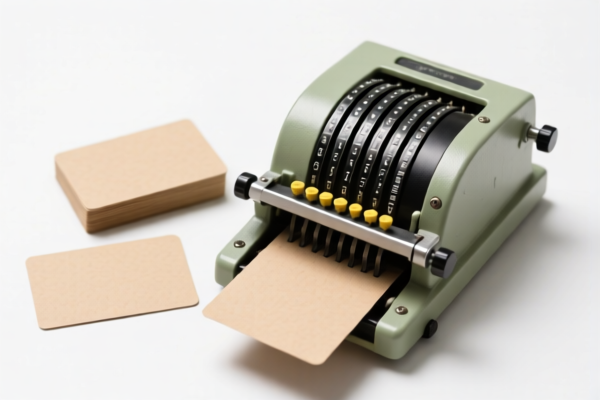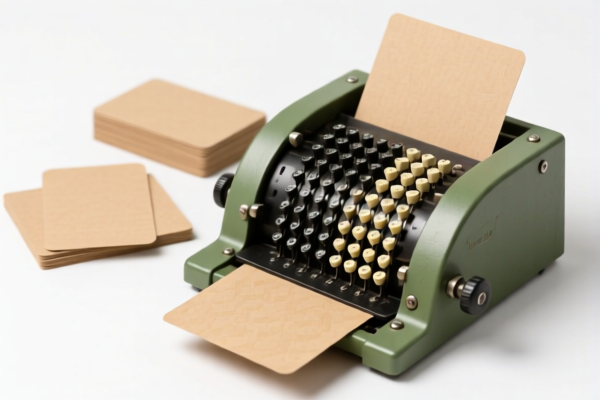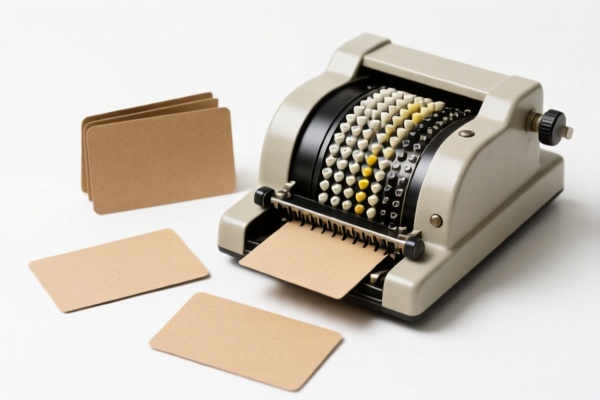| HS Code | Official Doc | Tariff Rate | Origin | Destination | Effective Date |
|---|---|---|---|---|---|
| 8517690000 | Doc | 55.0% | CN | US | 2025-05-12 |
| 8517620090 | Doc | 20.0% | CN | US | 2025-05-12 |
| 8537109170 | Doc | 57.7% | CN | US | 2025-05-12 |
| 8537109150 | Doc | 57.7% | CN | US | 2025-05-12 |
| 8535904000 | Doc | 57.7% | CN | US | 2025-05-12 |
| 8535908060 | Doc | 57.7% | CN | US | 2025-05-12 |
| 8543706000 | Doc | 55.0% | CN | US | 2025-05-12 |
| 8543906800 | Doc | 55.0% | CN | US | 2025-05-12 |




RFID Card Reader
An RFID card reader is a device used to read information encoded on RFID (Radio-Frequency Identification) tags. These tags are small, often credit-card sized objects containing a microchip and an antenna. The reader uses radio waves to communicate with the tag, extracting data without requiring direct contact or a line of sight.
Material:
- Housing: Typically constructed from plastic (ABS, Polycarbonate) for durability and cost-effectiveness. Metal housings are used in industrial applications for increased robustness.
- Antenna: Copper or aluminum are common antenna materials. Antenna design varies based on frequency and read range requirements.
- Electronics: Standard electronic components including a microcontroller, radio frequency transceiver, and interface circuitry (USB, Ethernet, etc.).
- PCB: Printed circuit boards (FR-4 is common) house the electronic components.
Purpose:
The primary purpose of an RFID card reader is to identify and track objects or individuals. This is achieved by reading the unique identification number stored on the RFID tag.
Function:
- Radio Wave Emission: The reader emits radio waves via its antenna.
- Tag Activation: When an RFID tag enters the reader’s electromagnetic field, it is activated.
- Data Transfer: The tag transmits its stored data (typically a unique ID) back to the reader. This is modulated onto the radio frequency signal.
- Data Decoding: The reader decodes the received signal, extracting the data.
- Data Transmission: The reader then transmits this data to a host system (computer, network, etc.) for processing.
Usage Scenarios:
- Access Control: Used in building security systems to grant or deny access to authorized personnel. Common in offices, laboratories, and restricted areas.
- Inventory Management: Tracking goods in warehouses, retail stores, and supply chains. Provides real-time visibility of stock levels and location.
- Asset Tracking: Monitoring the location and status of valuable equipment and assets.
- Library Management: Automating book check-in/check-out processes and inventory control.
- Payment Systems: Contactless payment cards utilize RFID technology (specifically NFC, a subset of RFID).
- Animal Identification: Tracking livestock and pets.
- Toll Collection: Automatic vehicle identification on highways.
- Public Transportation: Fare payment and tracking.
Common Types:
- Low Frequency (LF) Readers (125-134 kHz): Shorter read range (typically a few centimeters), commonly used for access control and animal identification. Less susceptible to interference from metal and liquids.
- High Frequency (HF) Readers (13.56 MHz): Read range up to 1 meter. Used for payment systems (NFC), library management, and smart cards. ISO 14443 and ISO 15693 are common standards.
- Ultra-High Frequency (UHF) Readers (860-960 MHz): Longest read range (up to 12 meters or more). Used for inventory management, asset tracking, and supply chain applications. EPC Gen2 (ISO 18000-6C) is a common standard.
- Passive Readers: Do not have their own power source; rely on the energy transmitted by the reader to activate the tag. Most common type.
- Active Readers: Have their own power source and can transmit signals over longer distances. Tags also typically have a battery.
- Desktop Readers: Designed for stationary use, often connected to a computer via USB.
- Handheld Readers: Portable devices used for scanning tags in the field.
- Fixed Readers: Mounted in a fixed location, used for monitoring a specific area.
- Integrated Readers: Built into other devices, such as kiosks or point-of-sale terminals.
Based on the provided information, the following HS codes may be relevant to “rfid card reader”:
-
8517.69.00.00: This HS code falls under Chapter 85 – Electrical machinery and equipment. Specifically, Heading 8517 covers Telephone sets, including smartphones and other telephones for cellular networks or for other wireless networks; other apparatus for the transmission or reception of voice, images or other data, including apparatus for communication in a wired or wireless network. The Subheading 8517.69.00.00 refers to “Other apparatus for transmission or reception of voice, images or other data, including apparatus for communication in a wired or wireless network”. An RFID card reader functions as an apparatus for the reception of data via wireless network, making it potentially classifiable under this code. The total tax rate is 55.0% (0.0% basic tariff + 25.0% additional tariff, increasing to 30.0% after April 2, 2025).
-
8543.70.60.00: This HS code is under Chapter 85 – Electrical machinery and equipment. Heading 8543 covers Electrical machines and apparatus, having individual functions, not specified or included elsewhere in this chapter; parts thereof. The Subheading 8543.70.60.00 specifically covers “Articles designed for connection to telegraphic or telephonic apparatus or instruments or to telegraphic or telephonic networks”. An RFID card reader, being an article designed for connection to networks, could fall under this classification. The total tax rate is 55.0% (0.0% basic tariff + 25.0% additional tariff, increasing to 30.0% after April 2, 2025).
-
8517.62.00.90: This HS code falls under Chapter 85 – Electrical machinery and equipment. Specifically, Heading 8517 covers Telephone sets, including smartphones and other telephones for cellular networks or for other wireless networks; other apparatus for the transmission or reception of voice, images or other data, including apparatus for communication in a wired or wireless network. The Subheading 8517.62.00.90 refers to “Machines for the reception, conversion and transmission or regeneration of voice, images or other data, including switching and routing apparatus”. An RFID card reader functions as a machine for the reception and transmission of data, making it potentially classifiable under this code. The total tax rate is 20.0% (0.0% basic tariff + 0.0% additional tariff, increasing to 20.0% after April 2, 2025).
Customer Reviews
No reviews yet.